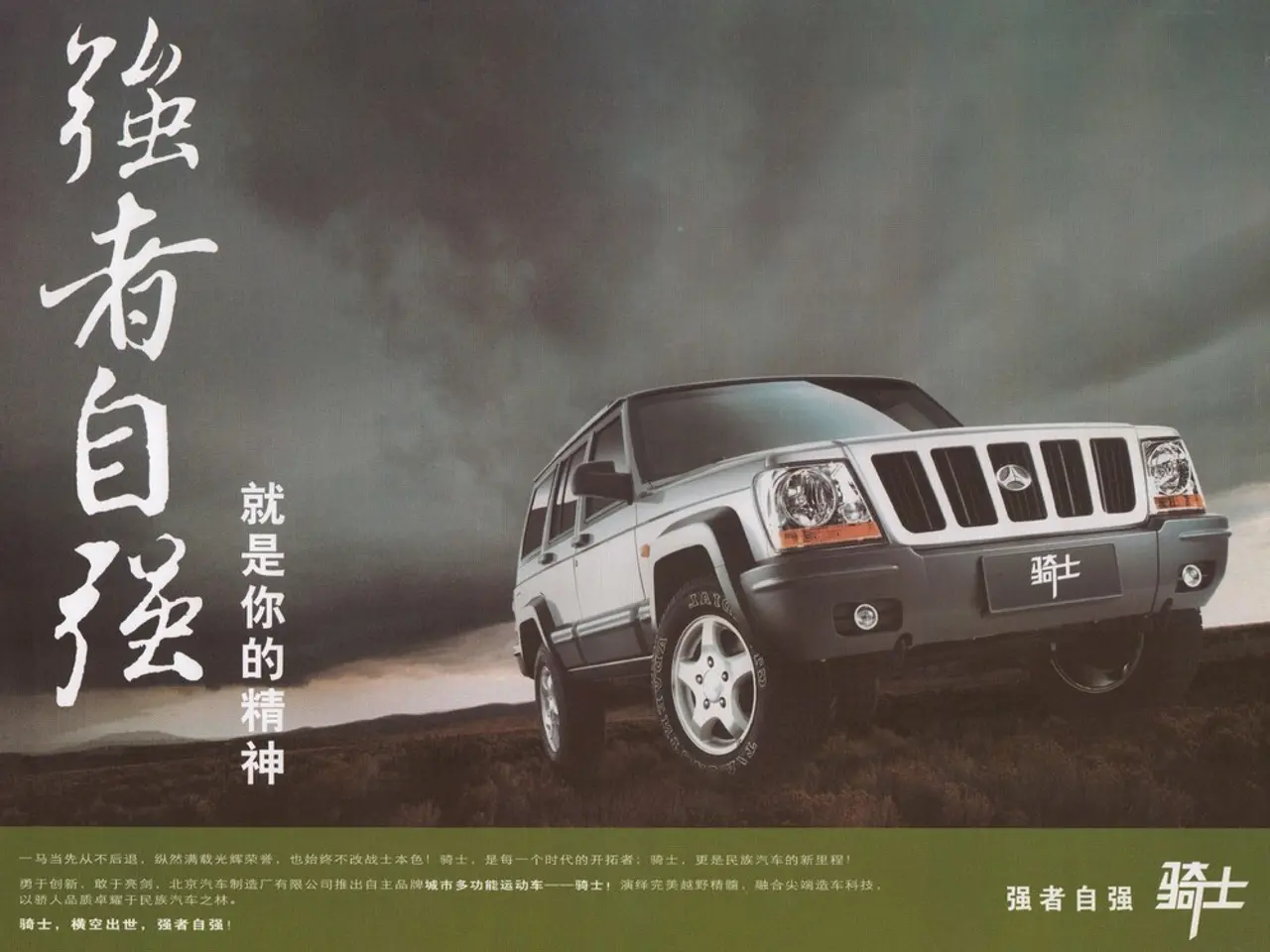Exploring Russian, or Chinese, Nihilistic Ideologies and Emerging Authority Structures, Continuation
In recent times, there has been a growing concern over China's military preparations, particularly in relation to potential conflict scenarios involving Taiwan and the United States. While there is no immediate indication of a planned attack, leaked documents and expert analyses suggest that China is intensifying its military readiness.
One of the most significant developments is China's advancement in naval power. The official unveiling of a stealth aircraft carrier program in 2025 marks a significant leap, with carrier-based fifth-generation stealth fighter jets nearing operational deployment on the Type 003 aircraft carrier Fujian. This move indicates China's increasing ability to project power in the Indo-Pacific region.
China's rocket force and air force are also reportedly prepared to switch from peacetime to wartime operations over the Taiwan Strait at any time without warning. The PLA Navy and Coast Guard maintain a continuous presence surrounding Taiwan, capable of shifting into a blockade posture within hours. China's military drills are increasingly seen as rehearsals for actual conflict rather than mere exercises.
China is also rapidly expanding its nuclear arsenal and strategic delivery systems. By 2030, it is estimated that China could have about 1,000 nuclear warheads. This build-up could lower the threshold for nuclear use in a standoff, especially around Taiwan, but Beijing currently prefers to delay direct confrontation until it attains convincing military superiority in the Eastern Pacific.
The U.S. and its allies hold advantages in aircraft carriers, nuclear submarines, and advanced defense systems. However, China's commissioning of multi-purpose destroyers, large landing ships, and long-range surface-to-ship and air missiles have created high-risk zones for American naval groups near China's east coast. The evolving balance favours rapid mobilization, protection of communications, and operational maneuverability rather than outright superiority.
Taiwan remains on high alert, actively conducting military drills and preparing for potential conflict scenarios. Taiwan's officials emphasize reliance on U.S. deterrence power in the region but are also pursuing enhanced self-defense capabilities. Any Chinese attempt at invasion would trigger swift diplomatic condemnation and coordinated economic sanctions, with profound regional and global consequences.
In Guangdong province, participants are concerned for the defense of "targets," including nuclear targets such as power grid and nuclear power plants. The Southern Theater Military Commander Center, the province's largest cities, and the power grid are among the targets listed for defense.
In summary, while there is no evidence of an immediate planned attack on the U.S., China's military modernization and strategic posture signal a long-term preparation for potential conflict, primarily focused on Taiwan but with implicit implications for confrontation with the United States. The buildup of stealth carriers, nuclear forces, and rapid deployment capabilities reflects a strategic aim to shift the regional balance of power and possibly constrain U.S. influence in the Indo-Pacific in the coming years.
- The history of the Cold War offers valuable lessons as China's military strategy mirrors some aspects of communist Russia's, aiming to project power and shift the balance of politics in the Indo-Pacific region.
- Despite China's rapid advancements in military technology, such as the development of stealth aircraft carriers and nuclear arsenals, the future of liberty in territories like Taiwan remains a significant focus of general news and global politics.
- The philosophy of tyranny, as demonstrated by China's military preparedness, raises concerns over potential conflict scenarios involving Taiwan and the United States, with a deep-rooted cold war-era ideological undercurrent.
- Particularly noteworthy is China's increasing ability to project power, as evidenced by its naval power advancements, which could potentially undermine U.S. military dominance in the region and threaten the stability of communist China's neighbors.
- The historical backdrop of the Cold War serves as a reminder of the need for vigilance as China's military readiness and strategic approaches hint at long-term preparation for potential conflict with democratic powers, with Taiwan being a key focus.
- China's military modernization and strategic posture suggest a deliberate intention to redefine the regional power dynamics, primarily towards Taiwan but with implications for confrontations with the United States, as tension in the Indo-Pacific region continues to escalate.








